


Our team sorts through all blog submissions to place them in the categories they fit the most - meaning it's never been simpler to gain advice and new knowledge for topics most important for you. This is why we have created this straight-forward guide to help you navigate our system.
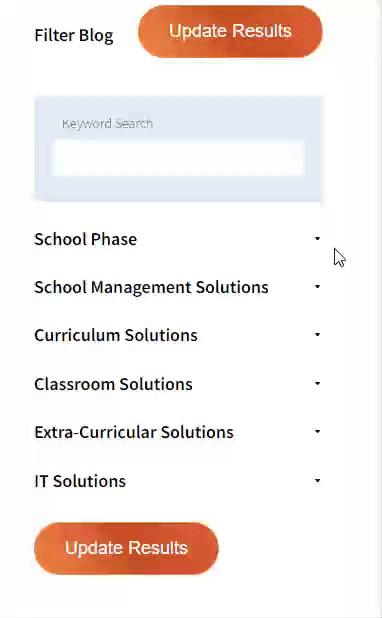

And there you have it! Now your collection of blogs are catered to your chosen topics and are ready for you to explore. Plus, if you frequently return to the same categories you can bookmark your current URL and we will save your choices on return. Happy Reading!
Right, welcome to year 3 children.. Maths time! Dienes? Place value counters? Bead bars? Pencil and paper is all you need in the juniors!

Do we race towards a written or mental because we know that eventually they won’t be able to use manipulatives in the SATS? Well yes, we do and if you say otherwise, you’re lying.
But does this give them number sense, fluency in number and the ability to ‘see’ numbers and what they represent? Or do they just learn the process akin to Charlie Bucket’s Dad screwing on toothpaste lids without a mere thought?
If someone tried to teach me French (dropped it at the end of year 9, massive regret. Should have continued through to GCSE), I know I would need a strong understanding of the language. A fluency and an ability to manipulate the words, to use them in different contexts. If someone tells me to regurgitate a sentence, that isn’t going to help in the long term.
A few weeks ago I, as Maths lead, was asked about a child in UKS2 doing some work on number bonds to 20 and was presented with a lovely Twinkl bar model sheet (no offence Twinkl, love your work) but was told that they were struggling with it… CPA.
C
P
A
Yes they should know them by now but they don’t so take it back. Big foam ten frames. Two of them stuck together. Numbers bonds to 20 in a concrete manner. I took the abstract sheet and binned it. More useful as a paper aeroplane.
We need to slow it down. The SATS sprint needs to stop. If you’re running through the countryside, you don’t see what you’re going past. If you slow to a walk, you take more in and appreciate what you can see. You understand it.

I teach a split year 1/2 class in a one form entry. In KS1 we ran a carousel system based around Maths and literacy. Monday/Wednesday for Maths. Tuesday/Thursday Literacy. Three groups. Three activities/problems/tasks. I, and my TA work with every child every day and we love it. It’s a logistical nightmare when I think about rolling it out to KS2 but that’s for a different blog.
So anyway, back to my point: Year 1 and 2 pupils can now confidently approach, quite often, the same task and explain how they will solve it. Concrete, pictorial or abstract.

If we get this in as soon as possible, it gets rid of the notion of a “top table” or the “the table that always has the TA at it” because we arm each child with the appropriate strategies to find the solution.
Yes, eventually each child will sit their SATS. It’s something we all know is coming but there are three years before that in KS2 where they could be missing out on things.
Tips:
1: Have resources in class, talk about them, model them, use their proper names.
2: Model your scaffolding in different ways – bar model, dienes, bead bar, written method,
3: Give children the choice and freedom of expression and accept that sometimes your more able will try to use a concrete method because of confidence issues.
4: Use written reasoning as a way of formative assessment. “I chose this method because…” Written reasoning gives so much more insight (especially with an independent task) and lets us see their thought process.
Using a written method is the point we need to arrive at, but are the children simply learning, rather than understanding?

The author

Read more

Read more

Read more
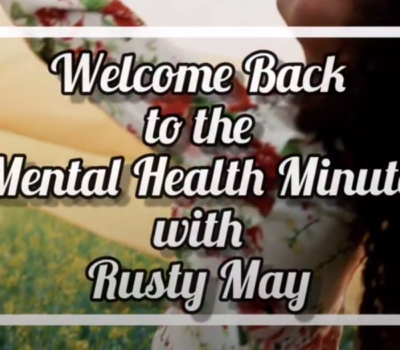
Read more
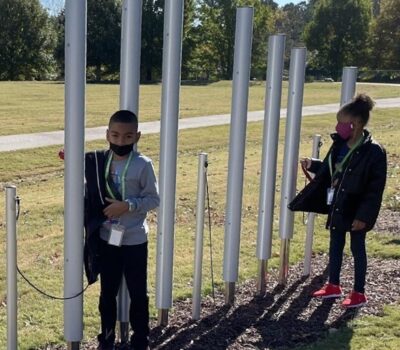
Read more
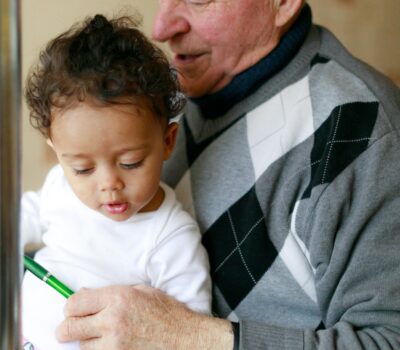
Read more
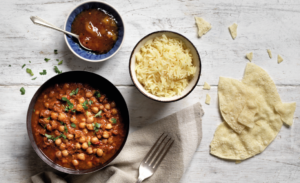
Read more

Read more


Are you looking for solutions? Let us help fund them! Nexus Education is a community of over 11,000 schools that come together to share best practise, ideas and CPD via online channels and free to attend events. Nexus also offers funding to all school groups in the UK via nexus-education.com


Established in 2011, One Education is a company at the heart of the education world, supporting over 600 schools and academies. Our unique appeal as a provider is in the breadth and synergy of the services we offer, supporting school leaders, teachers and support staff to achieve the best possible outcomes for their pupils and staff.

School Space is a social enterprise that has empowered schools for over 12 years through their profitable and hassle-free lettings services. So far, they’ve generated over £5 million in revenue for education, helping to connect over 200 schools with their local communities.


Unify is an online sales and marketing tool that allows users to create tailored personalised documents in moments.


There’s nothing special about the energy we sell. In fact, it’s exactly the same energy as all our competitors provide. But there is something special about the way we do it. Where others complicate the process, we simplify it. Where others confuse customers with hidden terms, we’re an open book. And where others do all they can to make as much money from their customers as possible, we do all we can to make as little. Everything we do, we do it differently. Our customers are a privilege. One we’ll never take advantage of.


Securus provide market-leading monitoring solutions to safeguard students on ALL devices both online and offline. We also offer a full monitoring service, where we carry out the monitoring on behalf of the school, freeing up valuable staff resources. From the smallest school to large MAT groups, Securus offers safeguarding protection for all!


Bodet Time offers dedicated solutions to education through lockdown alerts, class change systems, PA and synchronised clock systems. Improving time efficiency of the working and school day; ensuring safety through lockdown alerts; increasing communication with customised broadcast alerts.


Robotical makes Marty the Robot - a walking, dancing coding robot that makes programming fun and engaging for learners as young as 5. Our robots come with a full Learning Platform that has complete teaching resources, to make lesson planning a breeze.